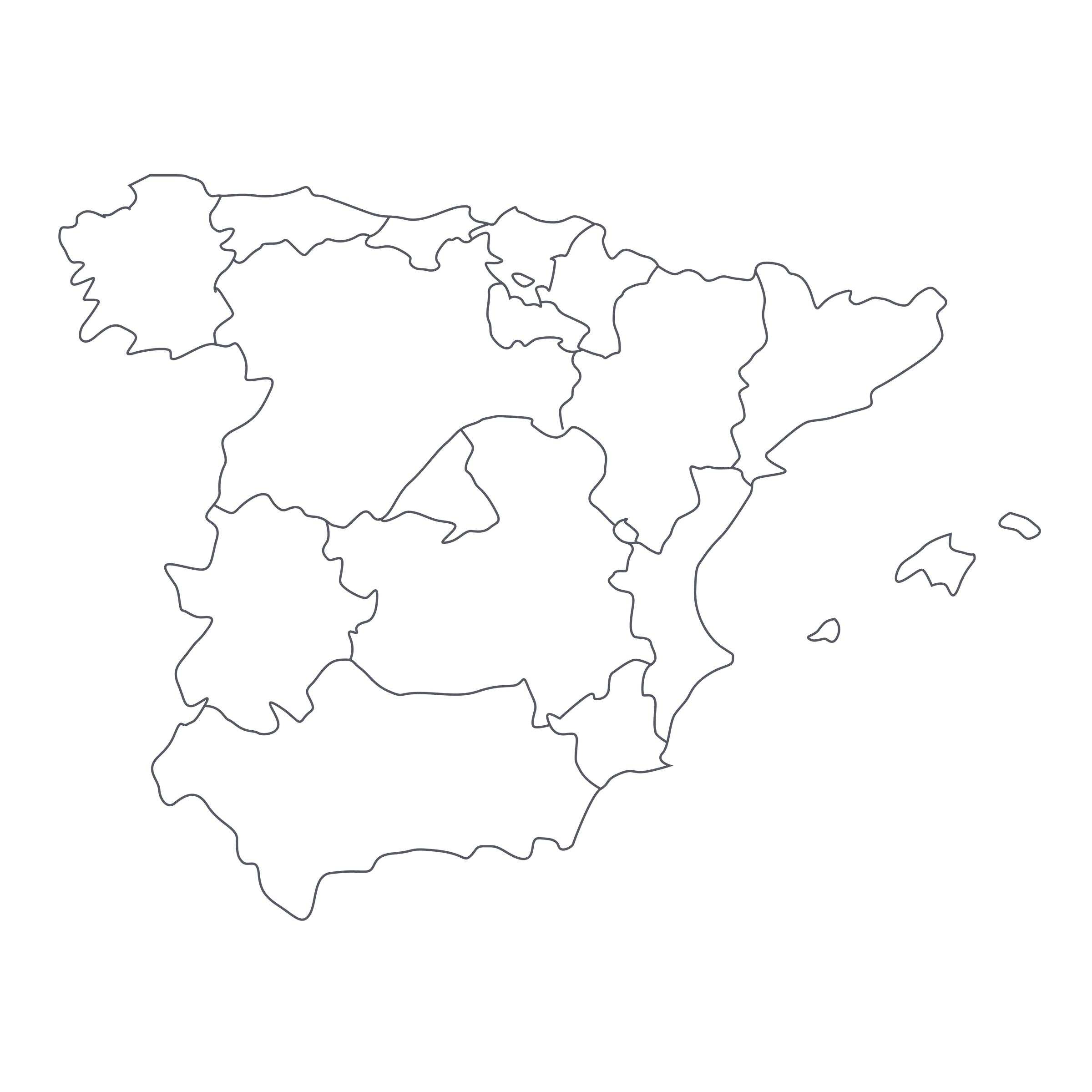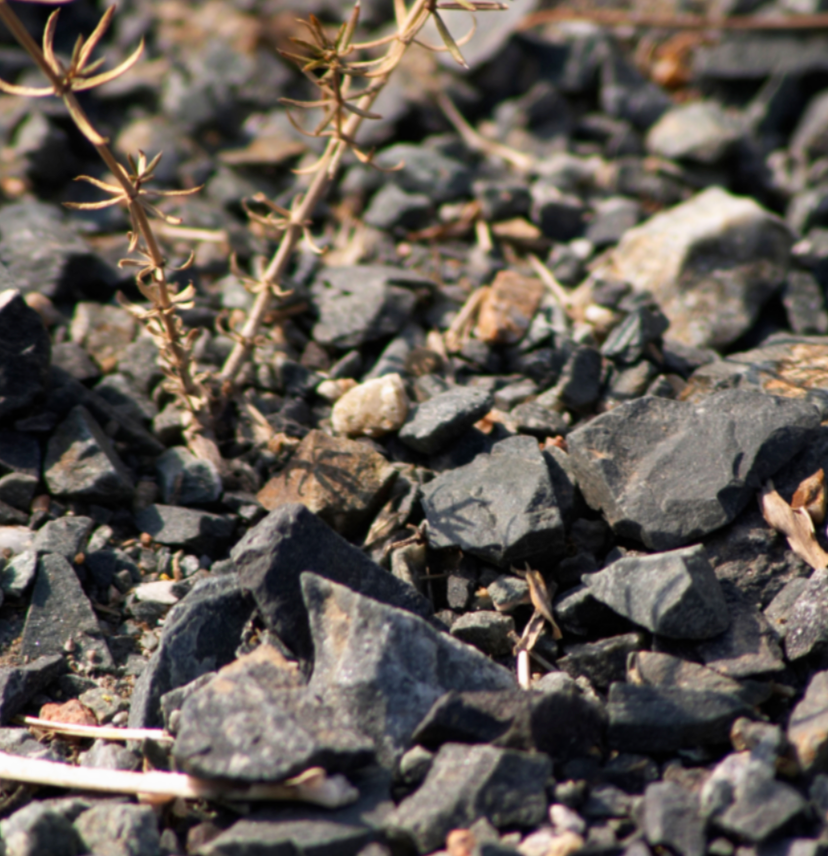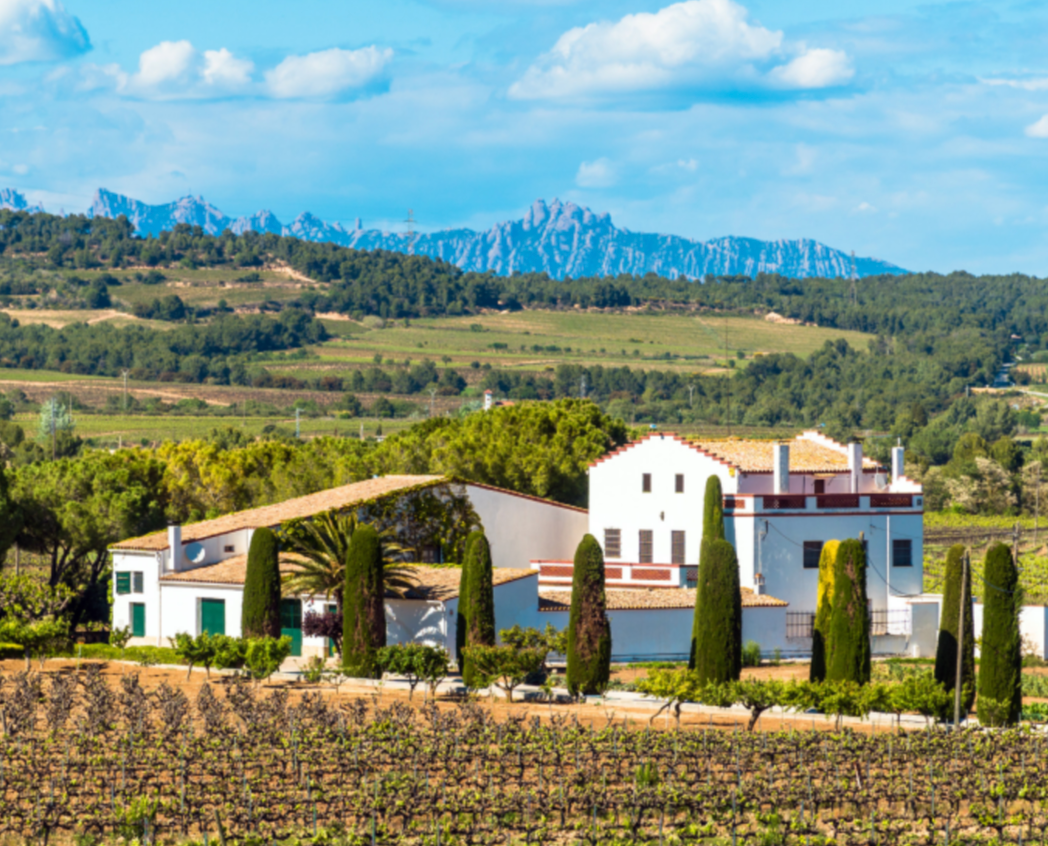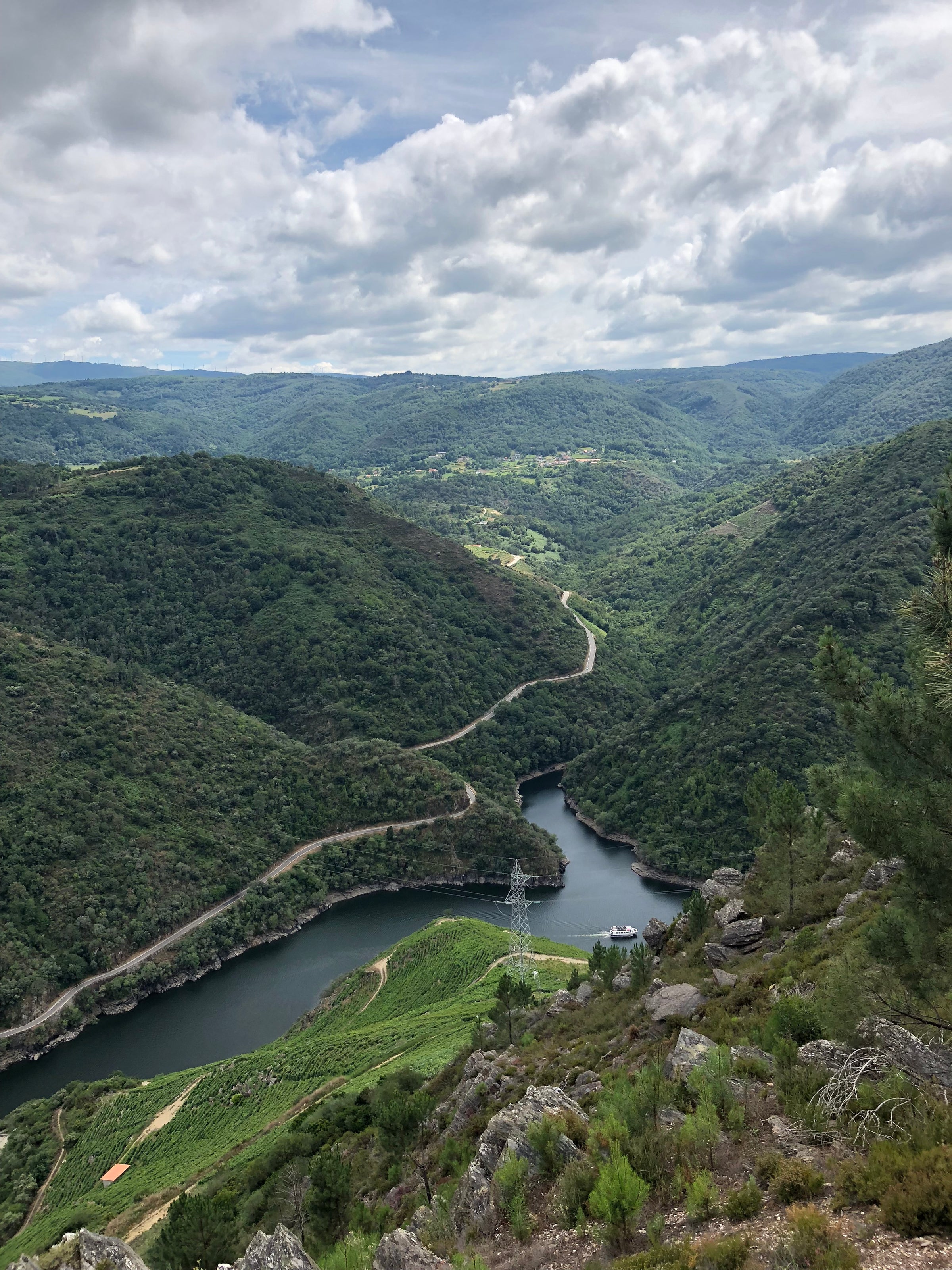It was only a few years ago that I had my first taste of Magaña, which is something I’m still a little embarrassed about. How could I, a wine-industry lifer and a notorious bargain hunter, not know about the magnificent values coming out of this historic property? Instead of dwelling on it, let’s instead feast our eyes on today’s special offer, a 22-year-old heart-stopper that was held back in the cellar before Juan Magaña deemed it ready for sale.
Aside from some of Magaña’s contemporaries in neighboring Rioja, how many wineries are willing to hold precious inventory for so long? (Answer: not many.) Back in 1970, Juan brought Merlot cuttings from Pomerol’s Château Pétrus to plant in Navarra, along with Cabernet and other varieties from even further afield, creating Bordeaux-inspired blends that compete with the likes of Vega Sicilia for a tiny fraction of the price. This is a wine that checks every box in grand style: immensely pleasurable, intellectual, affordable, properly cellared…just awesome. Do not sleep on this one!
Viña Magaña has a long and distinguished critical history, so it’s a little shocking that there are still direct-from-the-winery bottles from 2001 to be had. This is a testament to the estate’s size: Viña Magaña’s vineyard holdings total about 120 hectares in Navarra, a DO that sits to the northeast of Rioja, along the Ebro River in the shadow of the Pyrenees. The soils are a mix of clay, limestone, and river-borne silt, sand, and gravel (like Bordeaux), with a climate that mixes mountain and Mediterranean influences—the physical area covered by the DO is quite vast, so there are a number of subzones with unique microclimates, with those closer to the Pyrenees obviously skewing more “continental.”
While their vineyard holdings are wide-ranging, the Magaña bodega is headquartered in the town of Barillas, near the southern tip of the Navarra DO in the ‘Ribera Baja’ subzone. As with Rioja, which borders it to the west, Navarra’s wine history has long been intertwined with that of Bordeaux. Educational pilgrimages to Bordeaux were commonplace among Rioja/Navarra winemakers in the 18th and 19th centuries—not only was Bordeaux not that far away, it was inarguably the most prestigious wine zone in the world, and perhaps the biggest takeaway for Spanish winemakers in that period was the use of oak barrels for aging. Later, when the phylloxera louse decimated Bordeaux’s vineyards, the Bordelais looked to Rioja and Navarra for grapes and wine to keep them going while they replanted their vineyards (for a deep dive on the history of the relationship, check out this excellent piece by Quentin Sadler).
So, as is noted prominently in any discussion of Viña Magaña, the Merlot comes from vine material originally obtained from the same nursery that supplied Château Pétrus in Pomerol. It comprises about 60% of the blend, with Cabernet Sauvignon, Syrah, and Tempranillo making up the rest. The wine spends 18 months aging in mostly used French and American barriques before being transferred back to concrete tanks, where it is held until it is considered ready to be bottled. Significant bottle age typically follows before it is released for sale.
Direct-from-the-winery provenance is a huge selling point here: the color is quite youthful, nearly opaque ruby-black color with noticeable bricking at the rim. Decant it (watching for sediment) about 15-30 minutes before serving at 60-65 degrees in Bordeaux stems, and you’ll be greeted with a rush of black and red plum, cassis, black cherry, tobacco, cedar, grilled herbs, roasted meat, turned earth, and leather. Medium-plus in body and showing off some mature ‘secondary’ aromas (florals, warm spice, mushroom), it still has a trace of dusty tannin lending texture and lots of freshness keeping the wine in pitch-perfect balance. It is a rare treat to get to pop and pour a mature wine of this level at this price, and were you to serve it to knowledgeable guests, I can’t see them guessing anything but serious Right or Left Bank Bordeaux here—there just aren’t many classic reference points for a wine like this! As you spend more time with it, a hint of Mediterranean wildness points up its Spanish origins and gets you thinking about something Spanish-inspired to pair with it. The attached stew recipe would showcase it nicely and get you thinking about a trip to the source: The anchor town of the Navarra region is Pamplona, so if you do go, be sure to have some wine ready either before or after any running with bulls. Enjoy!










